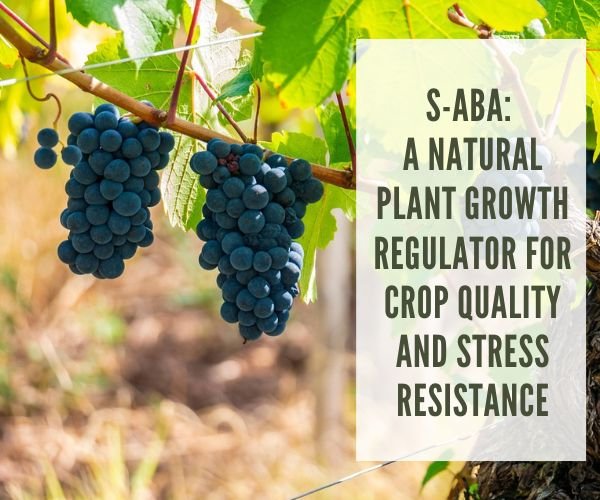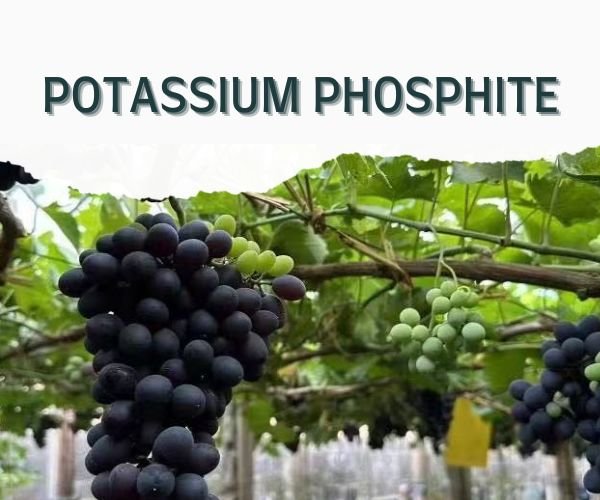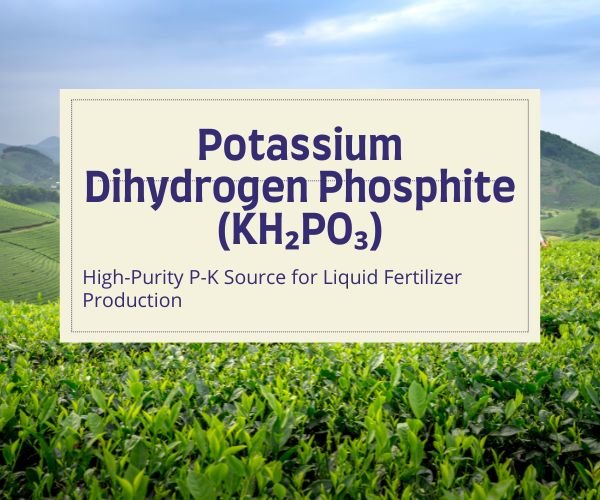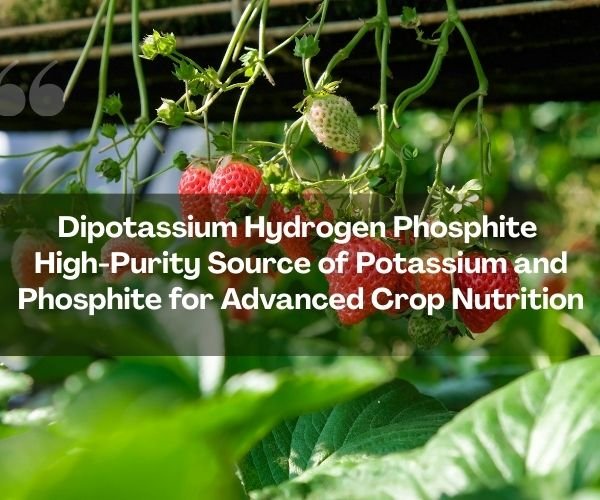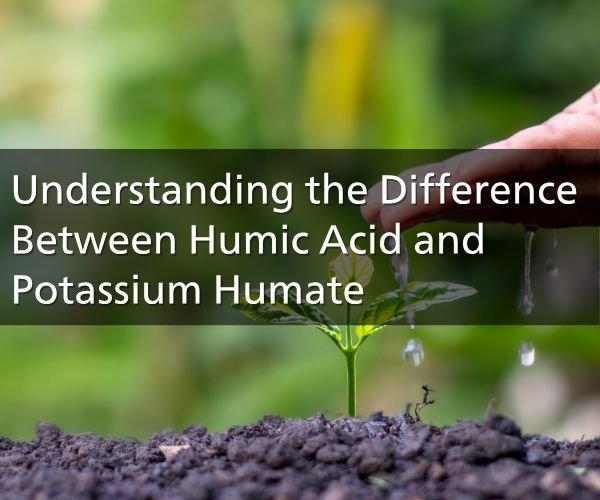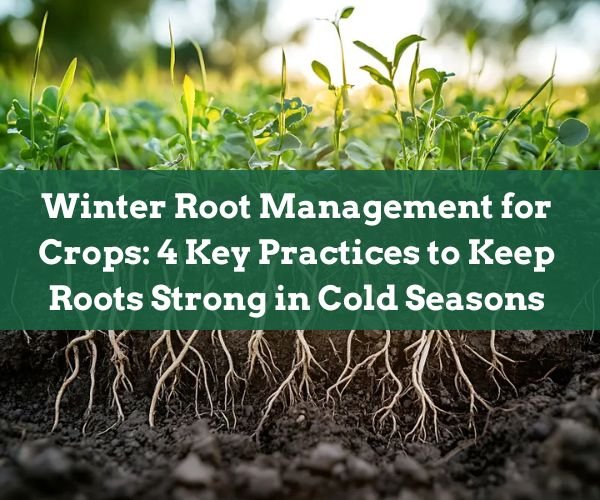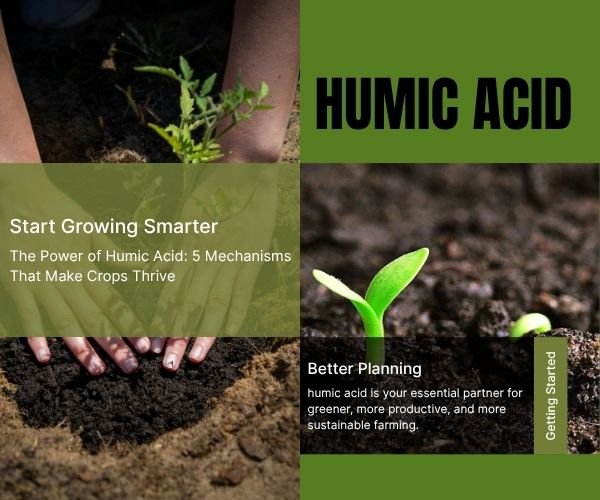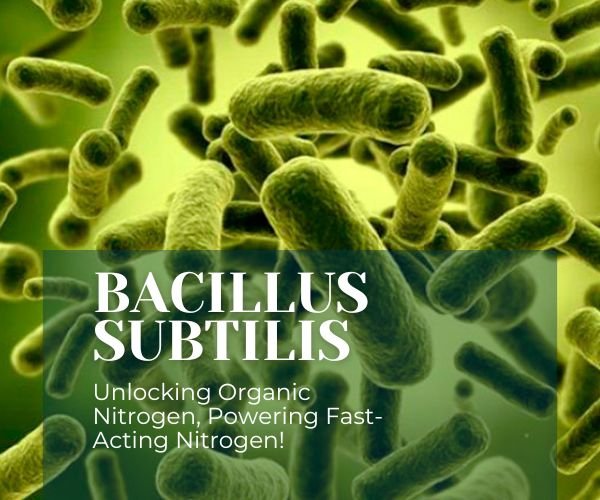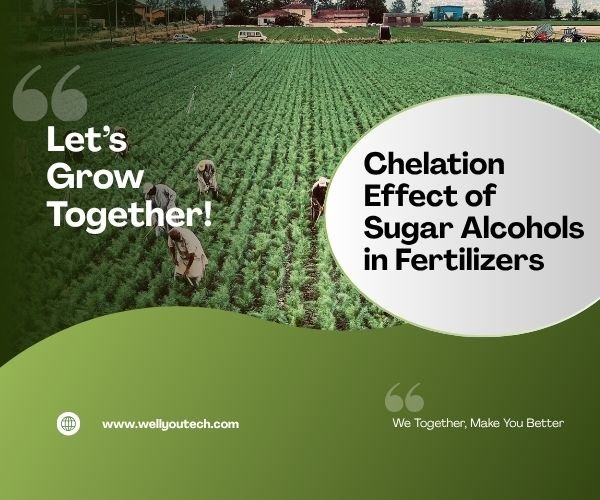S-ABA: A Natural Plant Growth Regulator for Crop Quality and Stress Resistance
1. Product Overview S-ABA (S-Abscisic Acid) is a naturally occurring plant hormone widely present in all green plants. It is a high-purity and high-biological-activity plant growth substance produced through advanced microbial fermentation technology. It is non-toxic, non-irritating, and environmentally friendly, making it a safe and sustainable solution for modern agriculture. As a new-generation natural bio-active …
S-ABA: A Natural Plant Growth Regulator for Crop Quality and Stress Resistance Read More »

